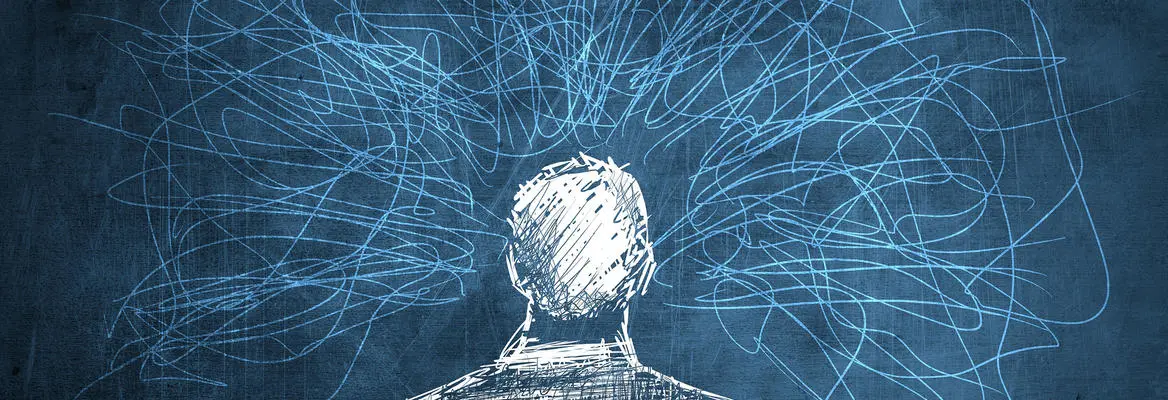Whether it’s repeatedly falling into the same relationship pattern (even with different partners), or continually making the same old mistakes, many of us often wonder ‘how did I get here again?’. Life is a spiral, not a straight path, in which we continually return to the same types of experience. But why don’t we simply avoid experiences we know will cause us pain? Roberta Satow offers reasons why we are destined to repeat ourselves.
Freud postulated three parts of the self: the id, the ego, and the superego. The id is ruled by the pleasure principle which is the drive to attain pleasure. The ego is ruled by the reality principle which forces us to meet the desires of the id in ways that are safe and appropriate. The superego is composed of the conscience and the ego ideal. The conscience embodies the rules and standards we learned as children. When we go against them, we feel guilty. The ego ideal embodies the standards we aspire to as adults.
___
Freud said that this “compulsion to repeat” was more primitive, more elementary, and more instinctive than the pleasure principle
___
In Beyond the Pleasure Principle (1920), Freud points out that the pleasure principle is modified by the reality principle of the ego, but without giving up the intention of eventually attaining pleasure. Pain is temporarily endured on the circuitous road to pleasure. But then Freud turns his attention to trying to explain the tendency for individuals to compulsively repeat painful experiences. He said that this “compulsion to repeat” was more primitive, more elementary, and more instinctive than the pleasure principle. Freud noticed patients’ compulsion to repeat in his psychoanalytic work as well as in the patients’ lives. His attempt to understand the repetition compulsion led him to the concept of the “death instinct,” which embodies aggressive, self-destructive, and self-defeating behaviors. These drives are in stark contrast to the “pleasure principle.” He pointed out that the repetition compulsion, unlike all other psychological phenomena he had studied, including masochism, was uninfluenced by the pleasure principle. When clearly unpleasant patterns of behavior are compulsively repeated, they are simply painful. For example, a woman may marry an alcoholic who is abusive when drunk and then divorce him and marry another alcoholic who is abusive when drunk. A man may marry a woman who has extra-marital affairs and then divorce her only to marry another woman who cheats on him.
 SUGGESTED READING
The benefits of doing nothing
By Josh Cohen
The concept of the repetition compulsion is at the core of the three principal lynchpins of the process of psychoanalysis and distinguish it from other forms of psychotherapy: transference, resistance and acting out. In psychoanalysis the analysis of the transference is the major tool for making the patient’s unconscious become conscious. The patient transfers his unconscious attitudes from childhood, which he does not remember, onto the analyst. He then experiences the analyst as if he is his father or mother or significant other from childhood and regresses to experience what it was like to interact with that person. Often the first dream the patient brings to the analyst is a foreshadowing of the dominant transference in the treatment. For example, my patient who I will call Connie, brought in a dream in the beginning weeks of our work together. The dream was:
SUGGESTED READING
The benefits of doing nothing
By Josh Cohen
The concept of the repetition compulsion is at the core of the three principal lynchpins of the process of psychoanalysis and distinguish it from other forms of psychotherapy: transference, resistance and acting out. In psychoanalysis the analysis of the transference is the major tool for making the patient’s unconscious become conscious. The patient transfers his unconscious attitudes from childhood, which he does not remember, onto the analyst. He then experiences the analyst as if he is his father or mother or significant other from childhood and regresses to experience what it was like to interact with that person. Often the first dream the patient brings to the analyst is a foreshadowing of the dominant transference in the treatment. For example, my patient who I will call Connie, brought in a dream in the beginning weeks of our work together. The dream was:
I am standing in front of a pawn shop, but it is closed. I look through the window and I can see that there are beautiful things inside, but the door is locked.





















Join the conversation